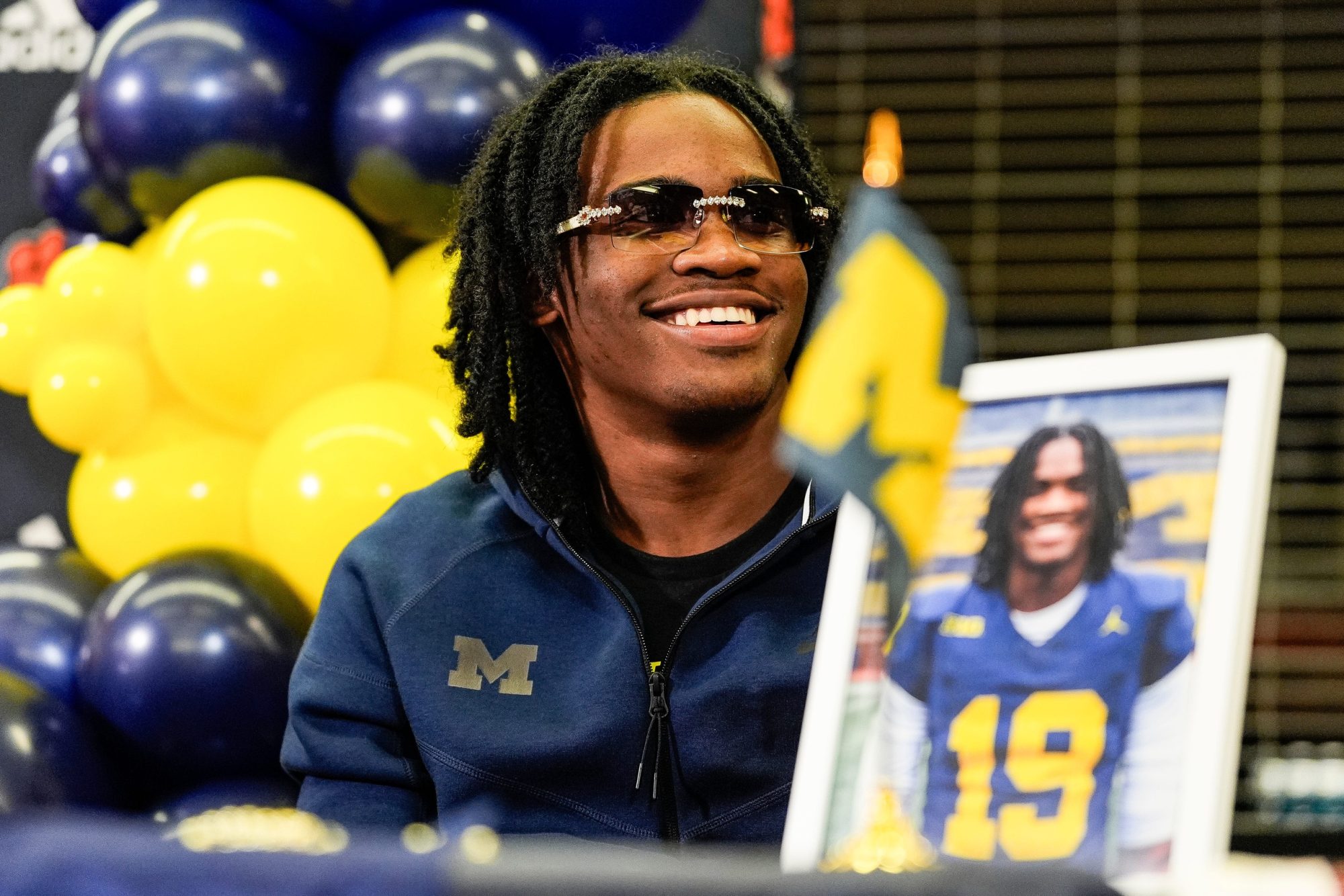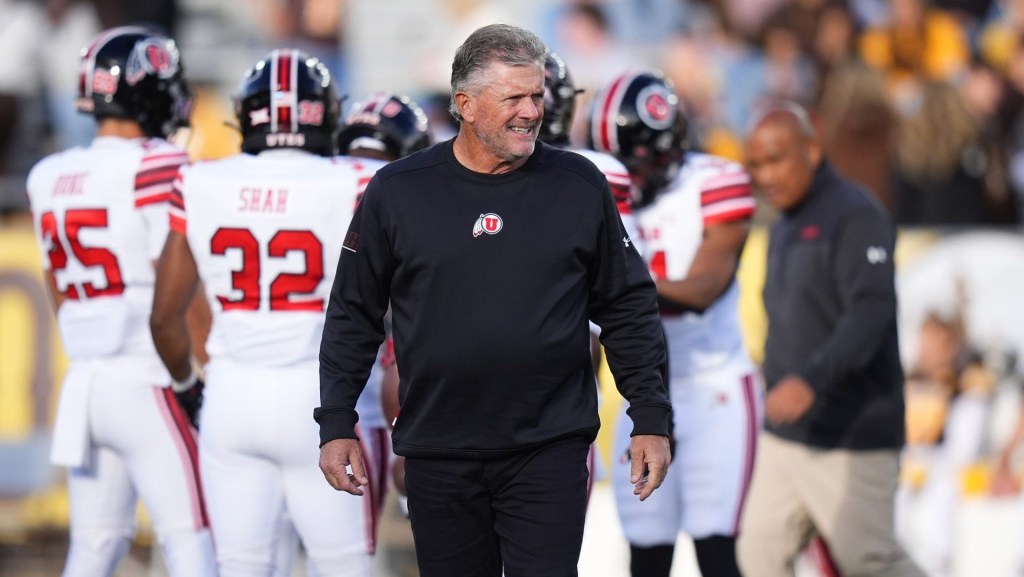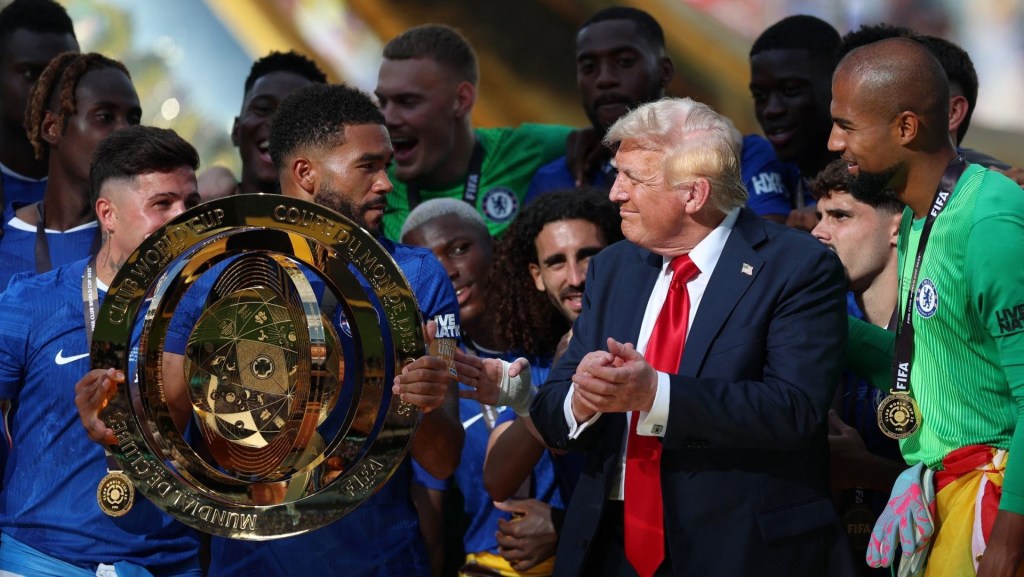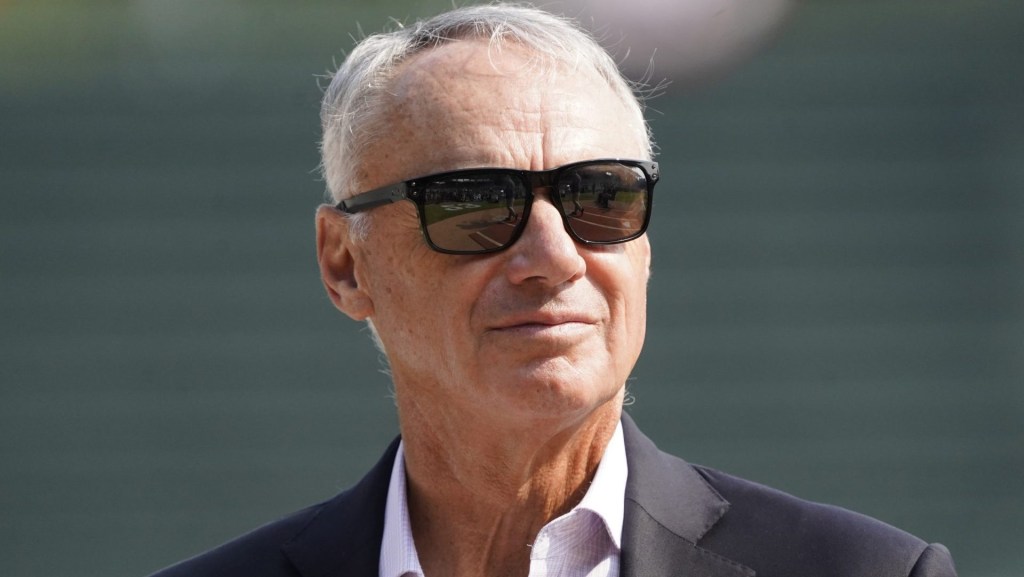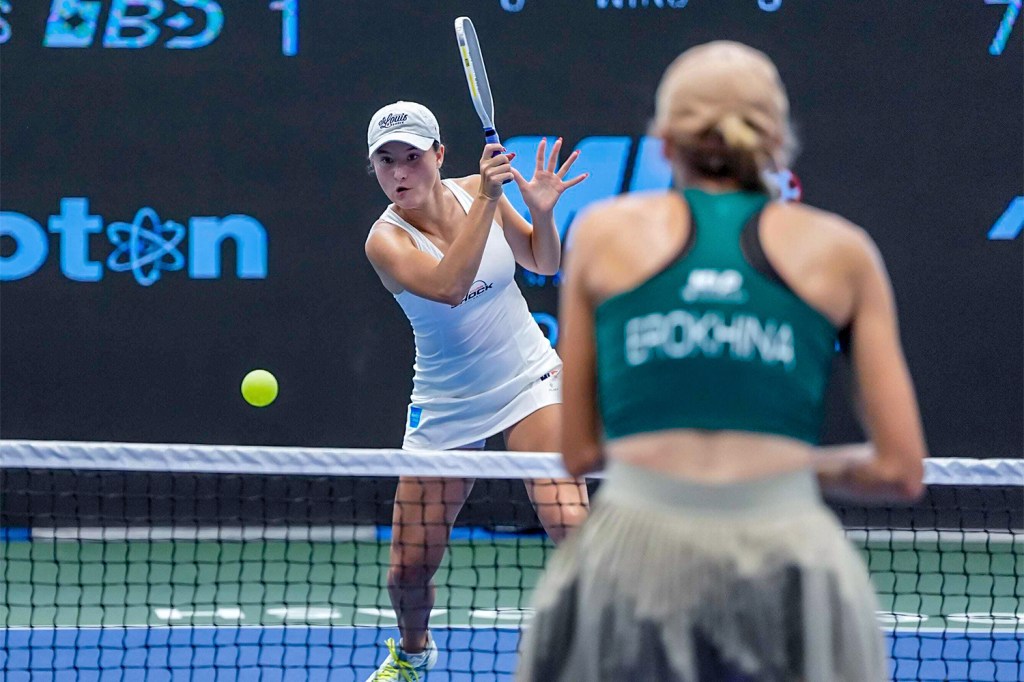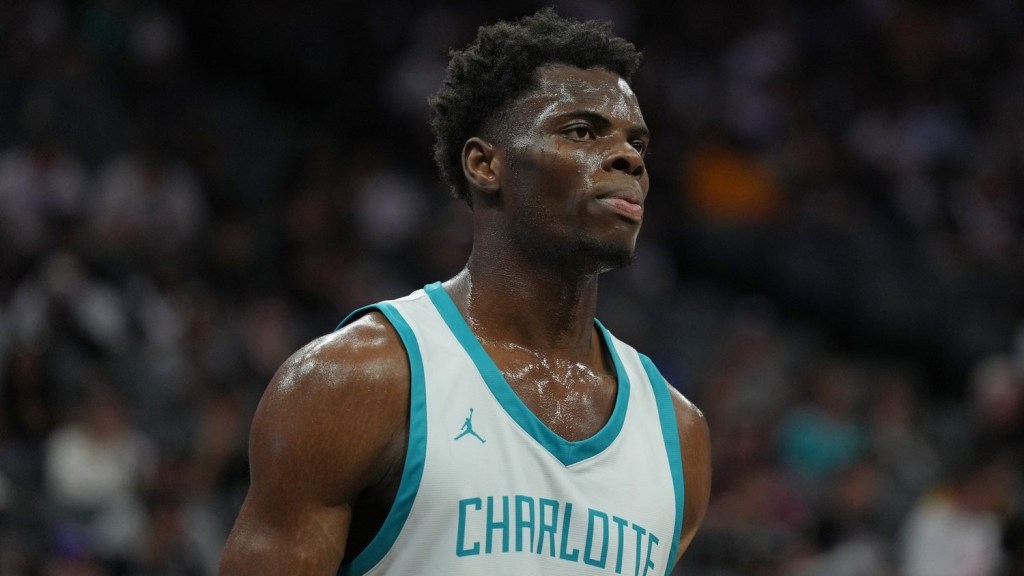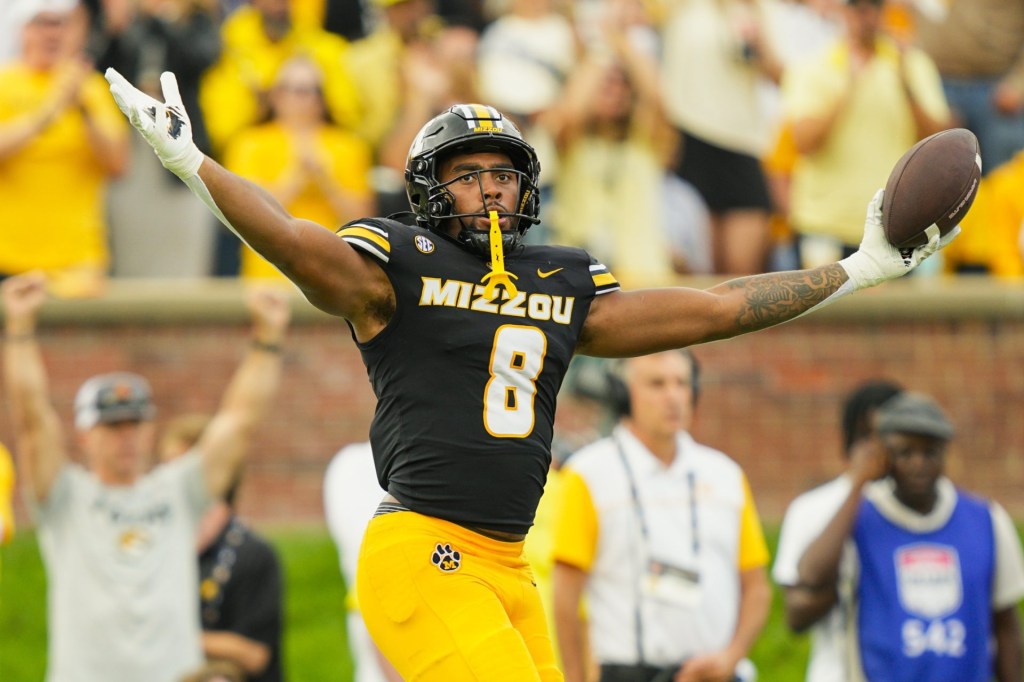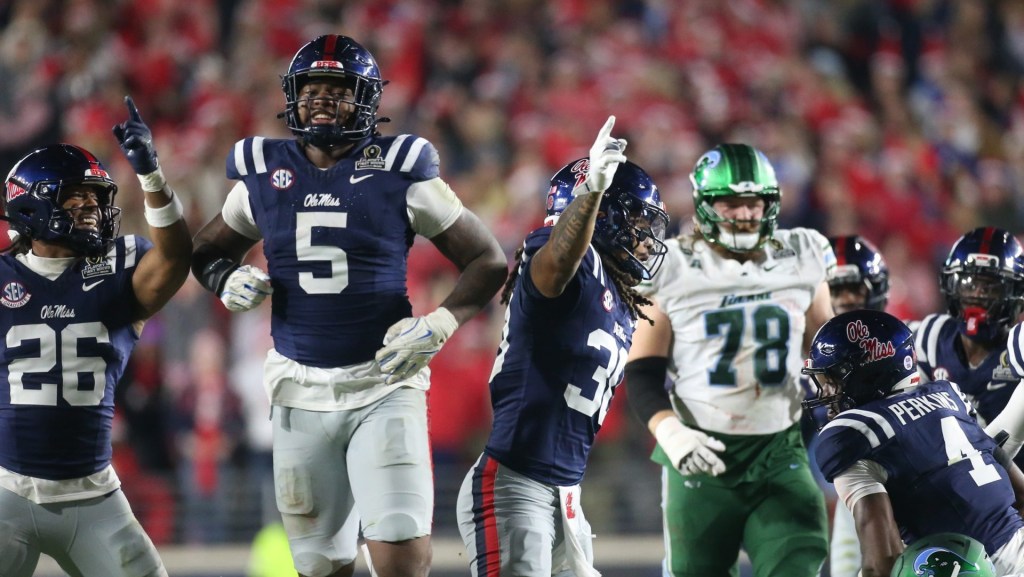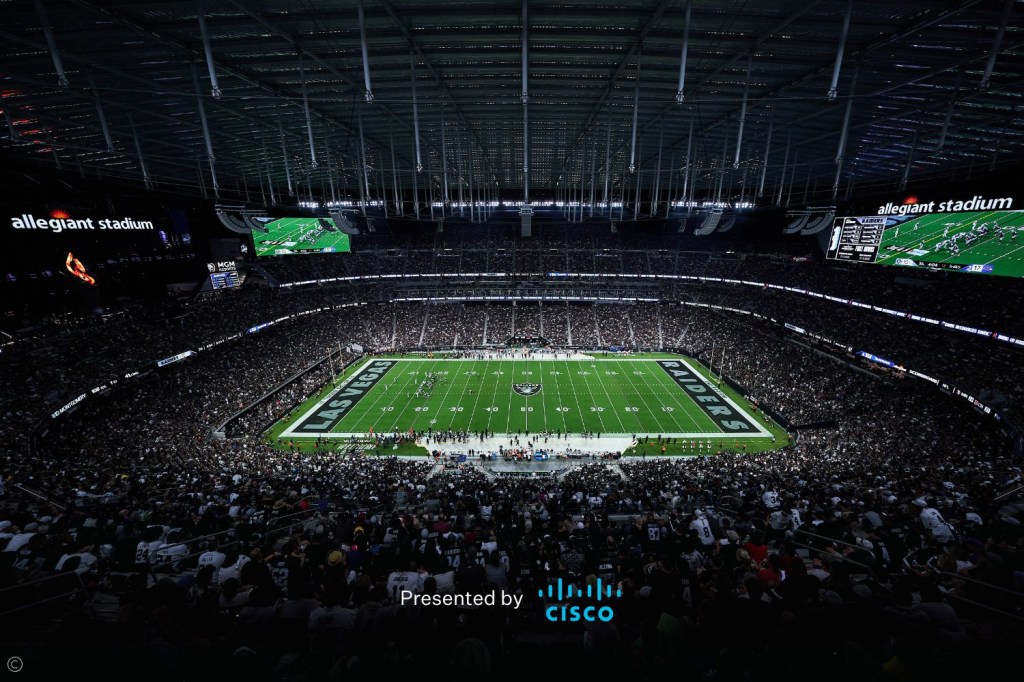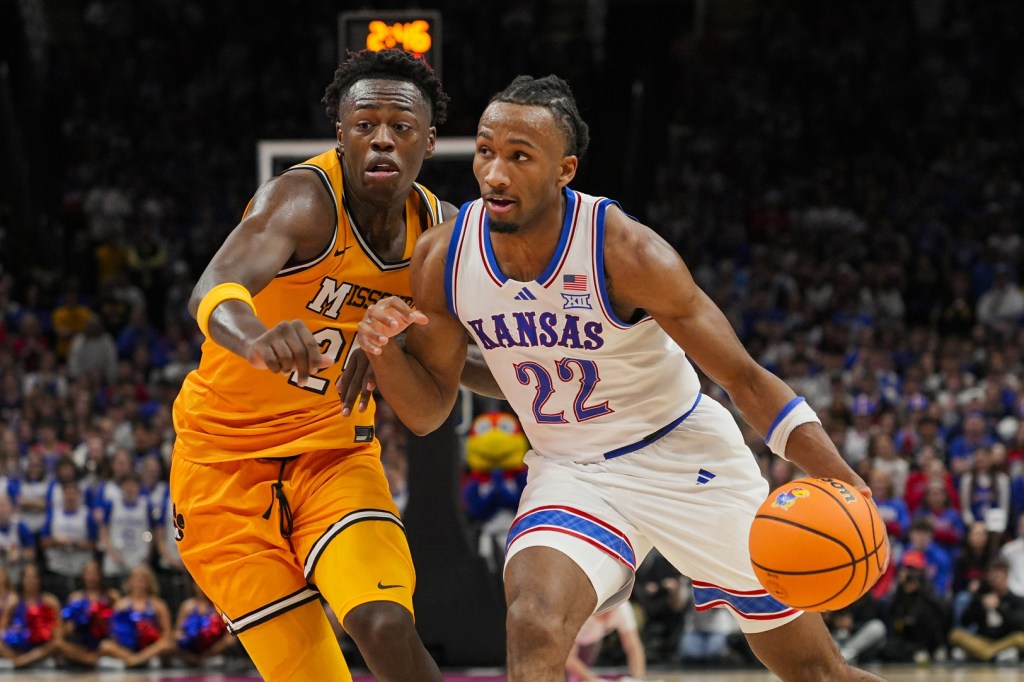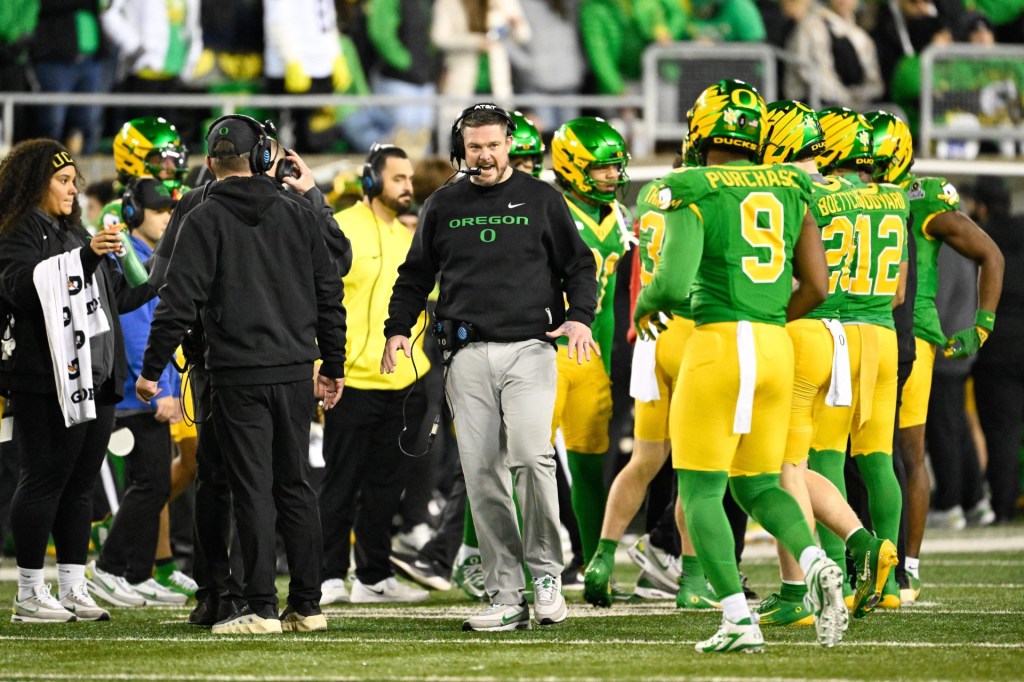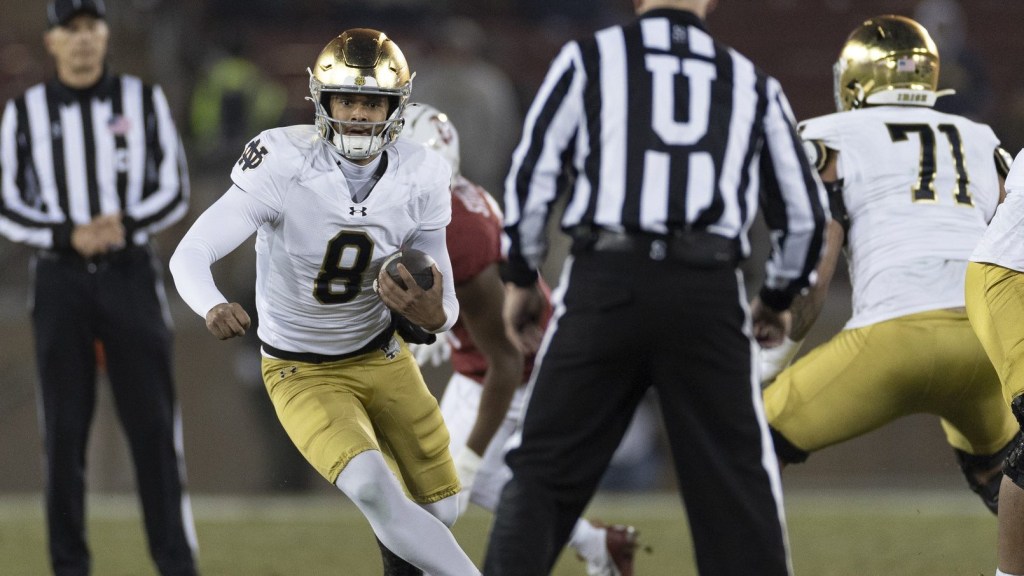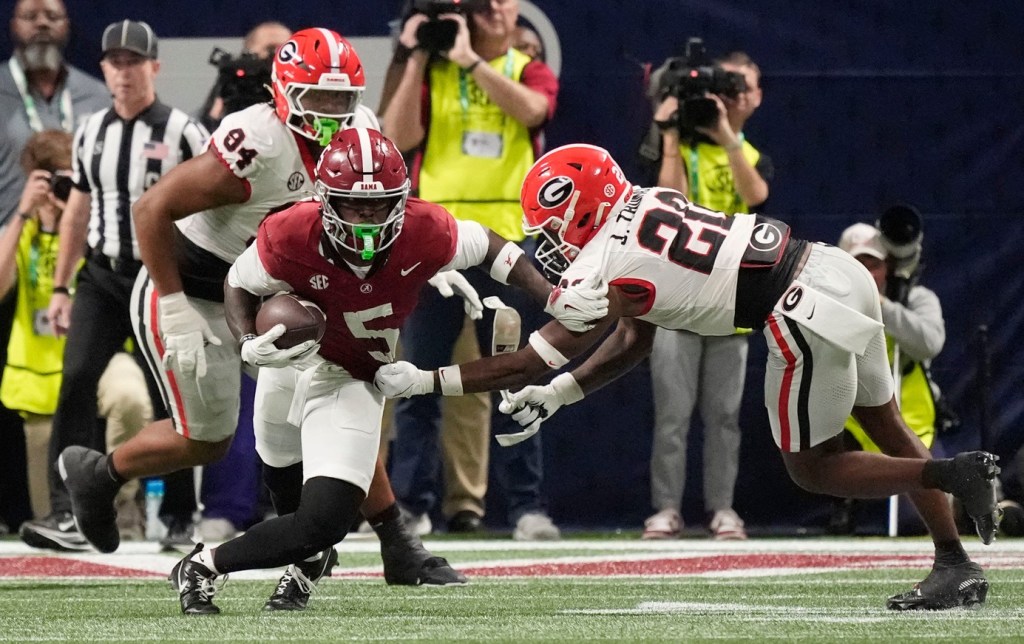Bryce Underwood, the No. 1 college football prospect in the country, flipped his commitment from LSU to his hometown Michigan last month. It was a major shake-up in the recruiting landscape—although not entirely surprising amid the free-for-all frenzy of the NIL (name, image, and likeness) dealmaking era.
The part that did raise eyebrows: Oracle founder Larry Ellison played a key role in Underwood’s pivot, providing “invaluable guidance and financial resources.” The exact amount of the quarterback’s NIL deal—reportedly between $10 million and $12 million from the Michigan NIL collective Champions Circle—is not publicly confirmed, but Ellison likely gave a lion’s share of the money. And Ellison isn’t even an alum—his partner Jolin (aka Keren Zhu) is.
What’s clear is that college football’s billionaire backer era has begun. The floodgates are open, and the very definition of NCAA recruitment is morphing into something different. As The New York Times asked in October, in a piece focused on Deion Sanders and the University of Colorado, “Does a multibillion-dollar sports enterprise attached to American universities make any sense?”
FOS readers had plenty of input on this divisive topic in response to last Sunday’s column. The biggest question they probed: Is this a problem?
It’s a Problem
“This story should scare everyone in college athletics. There’s no question the transfer portal and the NIL have created a new era. This is clearly now a pay-for-play reality, regardless of the vehicle—NIL, House settlement, or otherwise. It is professional athletics, but without any form of regulation. The NCAA has become a fading, if wholly non-existent, voice in college sports and the vacuum left is being filled with collectives, billionaires, media contracts, the CFP and agents. My prediction for the next big wave in college football? Corruption.
“Oversight and regulation will have to come from somewhere. But I don’t expect Congress to act anytime soon and I don’t see any other body interested in the job. … Please keep reporting on these developments. College football is rapidly becoming something I no longer recognize, and that for me, is a loss.” —Rem Nivens
—
“Makes me wonder how many stories are/will be out there about 18-year-olds and their families who don’t have the wherewithal to handle their NIL windfalls. I’m sure a whole subculture of unsavory characters is growing to ‘help’ with the issues all that money brings with it, with some ugly results. I’m sure there will be plenty of players/families surprised by their tax bills, too …” —Joe Lynch
—
“Yes, it is troubling. There are impoverished kids who want to go to college but don’t get involved in the seeming scam of NIL to get a foot in the door.” —Barbara Shaidnagle
—
“I feel that the influx of all this money is going to ruin CFB. There have to be some limits. Maybe limit the amount given and a portion goes to others on the team? Use the money for scholarships to all players. Delay portions of the payment until after graduation. There really needs to be some structure. Or just let them go pro straight from high school. Keep college as an amateur game. Additionally, there should be transfer limits. If you transfer via the portal, you are required to stay for two years unless the coach changes jobs.” —Tim Bernstein
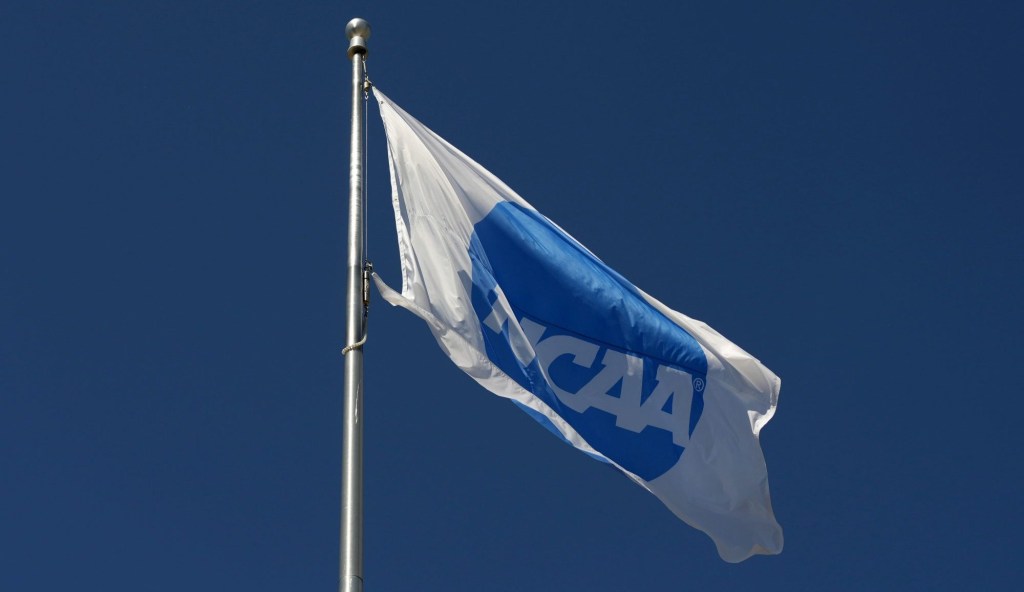
This Is Fine
“NIL has just become a recruiting tool. A Michigan alum will always cheer for Michigan no matter if Ellison buys them a shiny new QB. NIL is great for the student (cough, cough) athlete. But no capitalist ever stood up a successful football minor league. The college brand is driving the dollars, not the athlete.” —Brian Sambirsky
—
“I fully support college athletes shaking down the entire system for however much they can squeeze, and using their newfound leverage. As an alum of a hopelessly sports-irrelevant school, I have no dog in this fight except the interests of justice. These athletes were exploited for a century by a system that chewed them up, spat them out, and facilitated a microscopic minority to go on to riches in the pros. The hypocrisy of college sports is always what frosted me most about it. Everyone else could get paid handsomely, except the very people who put their bodies on the line. We’ve now replaced the previous era of shady dealings with above-the-table deals known to all, with budgets and price tags announced. So, no, I will shed no tears for that change—sunlight is a great disinfectant. This NIL system, kludged-together as it is, improves the overall morality of college sports, and lessens its propensity for corruption.” —Steve Estes
—
“You’re shining a light on the bigger, better version of the thing SEC schools have been doing for decades under the table? Spare me. Now, because the real schools with real money are throwing their hat into the fray, it’s a problem? And what of the $20 million-plus roster Ohio State just put together all to go 10-2 and yet somehow still earn a CFP bid? Where was the outcry then? Shouldn’t that be mentioned here? The problem you’re alluding to is likely to end up with overseas money infiltrating a lesser program to compete with the big boys, like Manchester City has done in England. Then sure, you can make your claims. This isn’t that. Go Blue.” —Mike Salerno
